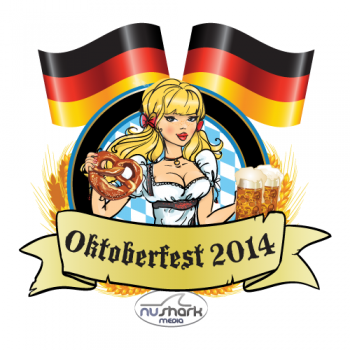Puerto Viejo, Costa Rica
Costa Rica’s southernmost coast is lined with perfect beaches, stretching for miles at a time. Jamaicans and other islanders came to work the banana plantations and populated this southern region not long ago. The first inhabitants were the Bribri and Cabecar Indians who lived along the Talamanca interior, along the streams and small rivers. The inhabitants of today are mostly Afro-Caribbean descendants and later subsided on farming and fishing practices when the banana and chocolate farms foundered to plagues of infestations.
Puerto Viejo de Talamanca, a.k.a. Puerto Viejo or translated to Old Port/Harbor, until recently was quite difficult to get to. Until the latter half of the 1970s, the town was isolated and did not suffer the same commercial boom San Jose later experienced. The forests and beaches along this stretch of coastline remain intact and unscathed. The original natural beauty has never been destroyed.
All paradises soon become discovered; however, this stretch of Caribbean coast still remains partly isolated from conventional Costa Rica life. Puerto Viejo, primarily, is lightly touched but not too overrun as a vacation destination. First came surfers, then backpackers and finally the 9-5 tourists and expats. However, Puerto Viejo adheres to a scaled-back vibe of Calypso and Reggae compared to other bustling Costa Rican tourist’s stops.
Puerto Viejo is about 5 hours driving time and a bit longer by bus from San Jose. The first road came in the later 1980s, then electricity, then asphalt, then TV, then land phones and cell phones, then ultimately broadband Internet in 2006. The local languages of this region are Spanish and English, the latter spoken first in the olden days but now more broken and pidgin. With the influx of Europeans and North Americans to the area, coastal Puerto Viejo gloats as being Costa Rica’s most English speaking area, though most likely with a Caribbean lilt.
Getting to Puerto Viejo is well worth the drive or bus time, as it has something to offer for everyone. With bars, discos and restaurants to national parks, wildlife refuges and Indian reserves, Puerto Viejo can service any family vacation or personal outing.
Additionally, one of the best places to view butterflies and see all sorts of exotic wildlife and fruits is at the Finca La Isla Botanical Garden. If you would like to see more wildlife, head over to the Bandoca Manzanillo Wildlife Refuge. If you would like a little history served up with your nature, then head over to the Kekoldi Indigenous Reserve west of Puerto Viejo. If, however, you would like to do without the history lesson and but have nature and adventure, you can go horseback riding or hiking in Cahuita National Park. If you’re into some serious trekking, then find the ATEC organization offers hiking in reserves and some night walks for a decent price.
If you’re into water sports, then you can rent boards from Hotel Puerto Viejo. If you’re a newcomer to the sport, then head to Playa Cocles, or you’ll be stuck riding the 15-foot mammoth waves in Puerto Viejo (from November to early April). If your family, however, just wants to take a dip and sunbathe on the beach, then Playa Negra might be for you. If you want to leave the kids for a day, you can also take a dive tour with various organizations, like Reef Runner Divers or Juppy and Tino Adventures, which rent out sea kayaks and snorkel gear too. The same tour companies either offer or can lead you to locations to go dolphin watching or sport fishing. Really, Puerto Viejo could be your next one-stop vacation destination.

